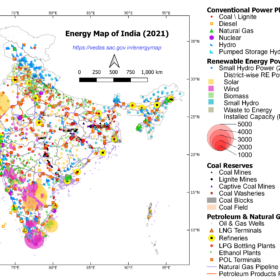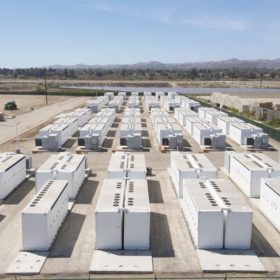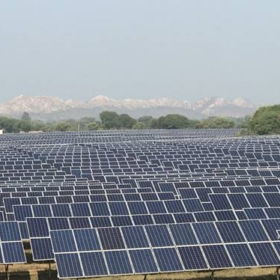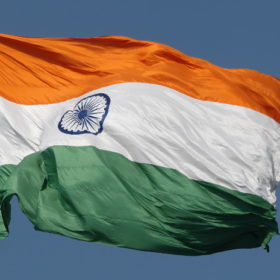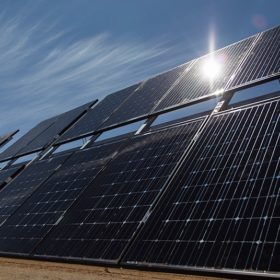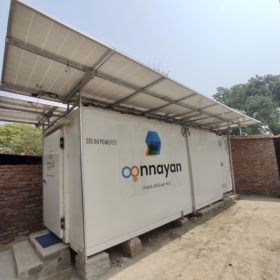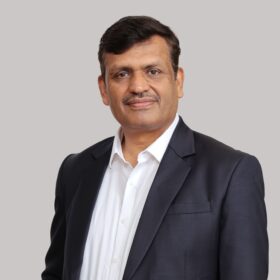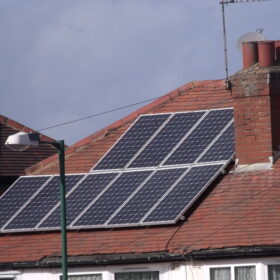Turbocharging rural entrepreneurship through distributed renewable energy
A robust distributed renewable energy ecosystem with a strong domestic industry will help provide good-quality, reliable electricity to rural households and enterprises and thus turbocharge green entrepreneurship—paving the way for a self-reliant India.
NITI Aayog launches geospatial energy map of India
The map attempts to identify and locate all primary and secondary sources of energy and their transportation/transmission networks to provide a comprehensive view of energy production and distribution in the country.
Jakson unveils lithium battery backup solution with a sub-5 ms response time
The EnerPack from Indian manufacturer Jakson consists of a hybrid inverter, lithium ferro phosphate batteries, and an intelligent energy management system that can smartly combine grid power, solar power, wind power, and even diesel generator power supply to maximize the use of renewable energy.
New tracker design for agrivoltaics
Spanish company Axial Structural is introducing a new type of tracker for agrivoltaic installations. The product can be adapted to various ground conditions and gradients, with programmable to optimize light and shade for different crops in different climates.
SECI invites proposals for 1 GWh of battery energy storage systems
The draft guidelines and the draft tender document inviting bids for setting up standalone battery energy storage systems in India have been uploaded on the SECI site. The final tender document will be issued based on the comments and discussions with the prospective bidders on the draft guidelines and draft tender documents.
India added 1,748 MW of rooftop solar in the year ending June
The annual rooftop solar installation in the twelve months ending June 30, 2021 included 1260 MW from the commercial and industrial sector and 488 MW from the residential segment.
Technique Solaire completes acquisition of 34 MW solar plant from Jakson
The ground-mounted solar plant, located in the Indian state of Uttar Pradesh, is now the highest capacity PV plant owned by the France-based Technique Solaire group. The plant produces 49,500 MWh of renewable electricity per annum.
67.6 GW of excess coal-fired power capacity can be retired in India
A new report says India has an estimated 29% of the installed fossil fuel capacity in excess of what is required to meet its 2021 peak electricity demand. This 67.6 GW overcapacity, all coming from coal-fired plants, is costing around US$ 2.1 billion (INR 15,780 crore) annually in fixed operating and maintenance costs.
MYSUN wins 140 MW of open-access solar projects in Uttar Pradesh
The Delhi-based distributed solar company secured the projects under Uttar Pradesh Power Transmission Corporation Limited’s Open Access solar scheme in the State.
Oorja secures $1 million in seed funding
The decentralized solar solutions provider shall use the amount to scale up its pay-per-use, solar-powered irrigation, milling, and cooling projects for farmers and to expand its operations.

